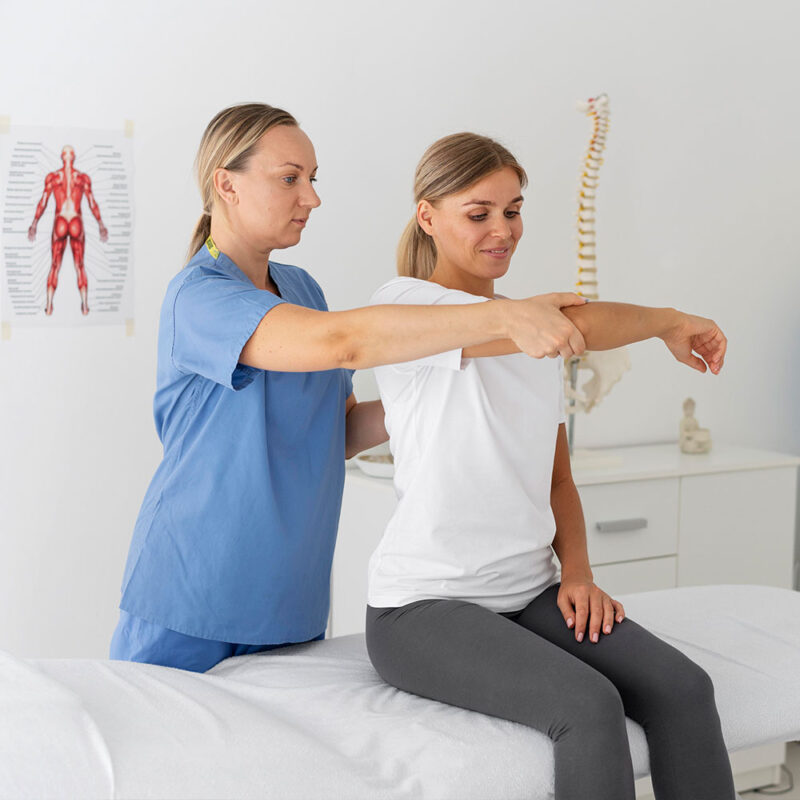In the journey of life, maintaining mobility and confidence as we age or recover from injuries is crucial for overall well-being and independence. An essential yet often overlooked aspect of achieving this goal is falls and balance training. This training goes beyond simple exercise routines; it is a comprehensive approach designed to enhance stability, coordination, and ultimately, quality of life. Let’s explore the significance of falls and balance training, shedding light on its benefits for better mobility and confidence.
Understanding the Impact of Falls
Falls are not just common accidents; they are a leading cause of injury among older adults and those recovering from musculoskeletal injuries. The consequences of falls can range from minor bruises to more severe injuries such as fractures, leading to decreased mobility and a fear of falling. This fear can result in a reduced desire to engage in physical activity, creating a cycle of decreased fitness and increased vulnerability to falls. Therefore, addressing the root causes of falls and improving balance is paramount.
The Foundations of Falls and Balance Training
Falls and balance training encompasses a variety of exercises and activities designed to improve the body’s stability and the individual’s ability to react swiftly to prevent a fall. This training targets several key areas:
1. Strength Training: Strengthening the muscles, especially those in the legs and core, enhances support for the body, making it easier to maintain balance and stability.
2. Flexibility Exercises: Improving flexibility contributes to a wider range of motion, allowing for better adaptation to uneven surfaces and sudden shifts in movement.
3. Balance Exercises: Specific exercises that challenge the body’s balance systems, such as standing on one foot or walking heel to toe, can significantly improve an individual’s ability to maintain and regain balance.
4. Coordination Drills: Activities that enhance coordination, such as dance or tai chi, help synchronize movements, improving the body’s ability to respond to potential falls.
The Benefits of Falls and Balance Training
Engaging in falls and balance training offers numerous benefits, making it a vital component of a healthy lifestyle, particularly for older adults or those at risk of falls. These benefits include:
1. Reduced Risk of Falls: By directly targeting the factors that contribute to falls, balance training significantly lowers the risk of falling, offering a sense of security in daily activities.
2. Enhanced Mobility: Improved strength, flexibility, and balance lead to better mobility, enabling individuals to move more freely and with greater ease. This enhanced mobility is crucial for performing daily tasks and enjoying a more active lifestyle.
3. Increased Confidence: One of the most significant, yet intangible, benefits of falls and balance training is the boost in confidence it provides. Knowing that one’s body is capable of maintaining balance and avoiding falls can encourage more participation in social activities, exercise, and other interests that might have been avoided due to fear of falling.
4. Faster Recovery: For those recovering from injuries or surgeries, falls and balance training can accelerate the rehabilitation process, helping to restore function and reduce the likelihood of future falls.
5. Better Overall Health: Engaging in regular physical activity, including balance and strength exercises, contributes to improved cardiovascular health, weight management, and mental well-being. Falls and balance training, therefore, supports not just physical health, but overall health and happiness.
Implementing Falls and Balance Training
Incorporating falls and balance training into one’s routine doesn’t require expensive equipment or a gym membership. Many exercises can be done at home with minimal or no equipment. However, it’s essential to start gradually and, if possible, under the guidance of a physical therapist or a trained instructor, especially for individuals with pre-existing conditions or those who have experienced falls in the past.
Conclusion
Staying steady on our feet is more than a physical challenge; it’s a key component of living a full and independent life. Falls and balance training offers a proactive approach to enhancing stability, preventing falls, and boosting confidence. By integrating these practices into our daily routines, we can safeguard our mobility, enrich our quality of life, and stride forward with assurance at any age.







